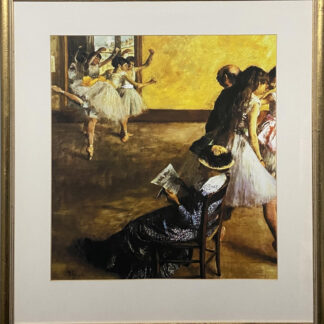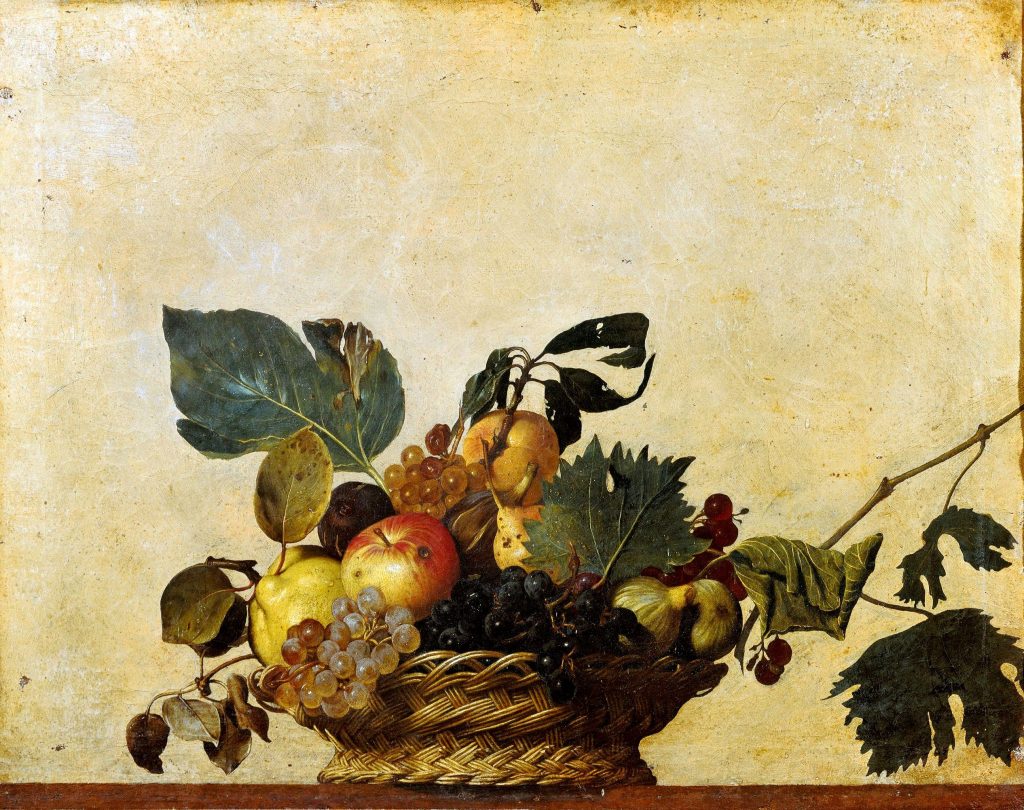Subtotal: $175.00
Still Life Painting
Still Life Painting
Still life painting is a genre of fine art that involves the depiction of inanimate objects, such as flowers, fruit, and household items. This genre has a rich history, with roots in ancient art, but it became increasingly popular during the Renaissance and Baroque periods. Still life painting provides a way for artists to explore composition, color, and texture, and it allows for a great deal of creativity and experimentation. In this article, we’ll explore the painting genre and some of the major contributors to that genre.
One of the defining characteristics of still life painting is its focus on inanimate objects. Painters often use a range of techniques to capture the beauty and complexity of these objects, including careful observation, the use of light and shadow, and precise brushwork. They may also include symbolic elements in their paintings, such as skulls or hourglasses, which convey deeper meanings or themes.
Some of the major contributors to the painting genre include:
- Caravaggio (1571-1610) – Caravaggio was an Italian painter who is known for his dramatic use of light and shadow, and for his ability to capture the realism of everyday objects. His still life paintings often feature objects such as fruit, flowers, and musical instruments, and they have a sense of depth and presence that draws the viewer in.
- Willem Claesz Heda (1594-1680) – Heda was a Dutch painter who is known for his still life paintings, which often feature luxurious objects such as gold and silver goblets, and exquisite foods such as oysters and lobsters. His paintings are meticulously detailed, and they convey a sense of opulence and wealth.
- Clara Peeters (1594-1657) – Peeters was a Flemish painter who is known for her still life paintings, which often feature delicate and exotic objects such as shells and spices. Her paintings have a sense of movement and liveliness, and they often convey a sense of wonder and discovery.
- Jean-Baptiste-Siméon Chardin (1699-1779) – Chardin was a French painter who is known for his still life paintings, which often feature simple objects such as fruit, vegetables, and kitchen utensils. His paintings have a sense of calm and serenity, and they convey a deep appreciation for the beauty and richness of everyday life.
- Paul Cézanne (1839-1906) – Cézanne was a French post-impressionist painter who is known for his still life paintings, which often feature simple objects such as apples and pears. His paintings are characterized by their bold colors, strong geometric shapes, and expressive brushwork. They convey a sense of energy and vitality, and they have influenced countless artists in the years since his death.
Still life painting is an art form that allows artists to explore the beauty and complexity of everyday objects. From the dramatic lighting of Caravaggio to the simple and serene compositions of Chardin, the major contributors to the still life genre have used their skills to create works of art that are both beautiful and insightful. Their legacy continues to inspire and inform the practice of still life painting today.

 Edgar Degas - Ballet Class, The Dance Hall
Edgar Degas - Ballet Class, The Dance Hall 